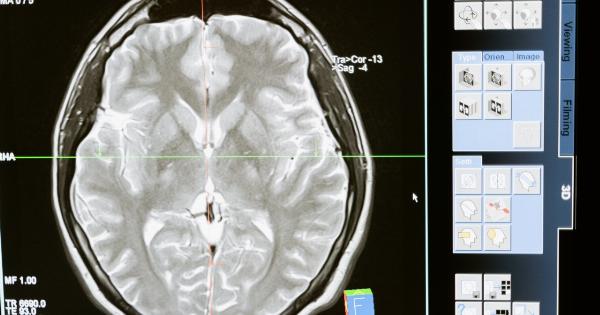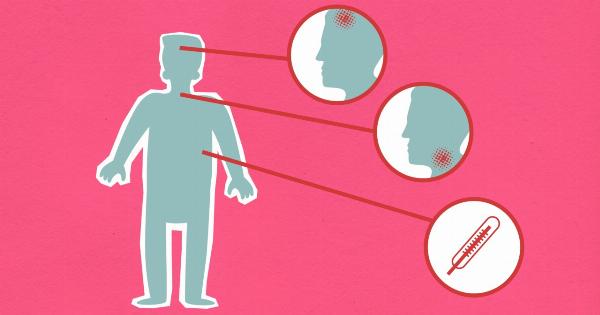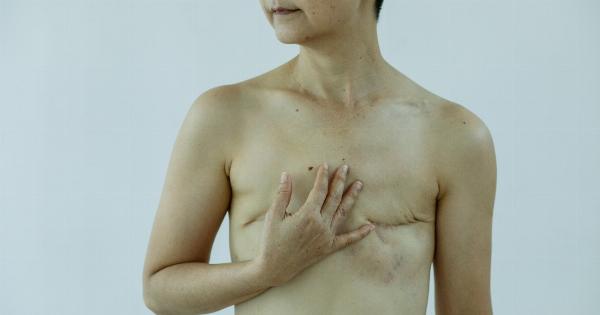Menopause is a natural biological process that marks the end of a woman’s reproductive years. During this time, the ovaries stop producing eggs and the levels of estrogen and progesterone in the body decrease.
This decrease in hormones can lead to a range of symptoms such as hot flashes, mood swings, vaginal dryness and sleep disturbances.
Over the years, hormone replacement therapy (HRT) has become a popular treatment option for women experiencing menopausal symptoms.
HRT involves taking medications that contain estrogen, progesterone or a combination of both to replace the hormones no longer produced by the ovaries. While HRT can alleviate menopausal symptoms, it has been linked to an increased risk of chronic diseases in menopausal women.
Cardiovascular disease
Cardiovascular disease (CVD) is the leading cause of death in women worldwide. Studies have shown that HRT use in menopausal women increases the risk of developing CVD.
This is because estrogen has a protective effect on the cardiovascular system and helps to lower cholesterol levels in the blood. However, the risk of developing CVD with HRT use varies depending on when the therapy is started, how long it is used for and the type of HRT used.
A study published in the Journal of the American Medical Association (JAMA) found that women who started taking estrogen-only HRT within 10 years of menopause had a lower risk of heart disease than women who started taking HRT more than 10 years after menopause. On the other hand, women who took estrogen and progesterone combined HRT were found to have a higher risk of CVD compared to those taking estrogen-only HRT.
Breast cancer
Breast cancer is the most common cancer among women worldwide. There have been concerns about HRT use and its association with an increased risk of breast cancer.
Estrogen promotes the growth of breast cancer cells, which is why the use of HRT containing estrogen has been linked to an increased risk of breast cancer.
A study published in the Journal of the American Medical Association found that the use of estrogen and progesterone combined HRT increased the risk of developing breast cancer in postmenopausal women.
However, the risk of developing breast cancer with estrogen-only HRT was found to be lower than that with estrogen and progesterone combined HRT.
Osteoporosis
Osteoporosis is a condition that affects bone density and increases the risk of fractures. During menopause, the decrease in estrogen levels is linked to a loss of bone density.
HRT has been found to improve bone density and reduce the risk of fractures in menopausal women.
A study published in the Journal of Bone and Mineral Research found that estrogen-only HRT reduced the risk of hip fractures in menopausal women.
However, the use of estrogen and progesterone combined HRT was found to increase the risk of hip fractures.
Stroke
Stroke is a serious condition that occurs when blood flow to the brain is interrupted. HRT has been linked to an increased risk of stroke in menopausal women. This is because estrogen can increase the risk of blood clots that can lead to stroke.
A study published in the British Medical Journal found that the use of estrogen-only HRT was not associated with an increased risk of stroke in menopausal women.
However, the use of estrogen and progesterone combined HRT was found to increase the risk of stroke.
Conclusion
While HRT can alleviate menopausal symptoms, it is important for women to understand the risks and benefits associated with the therapy. The risks of HRT use vary depending on the type of HRT used, how long it is used for and when it is started.
Women should talk to their healthcare provider about their individual risks and benefits before starting any HRT regimen.


























